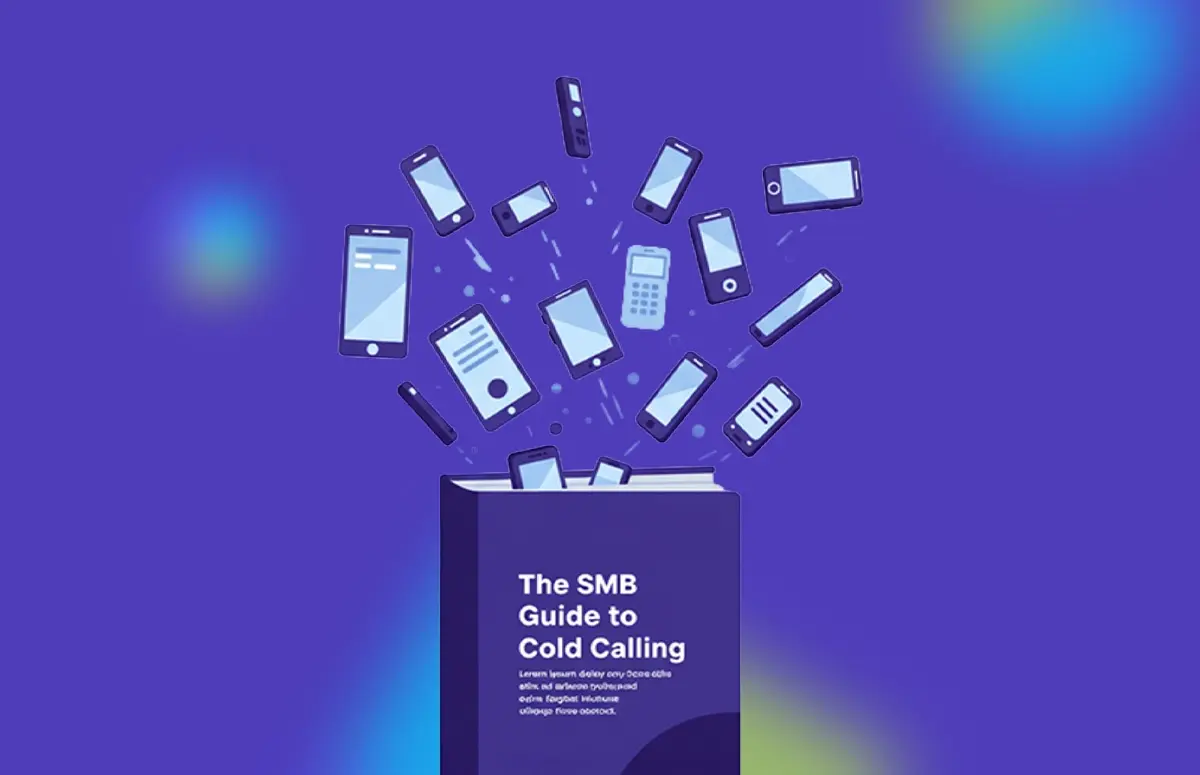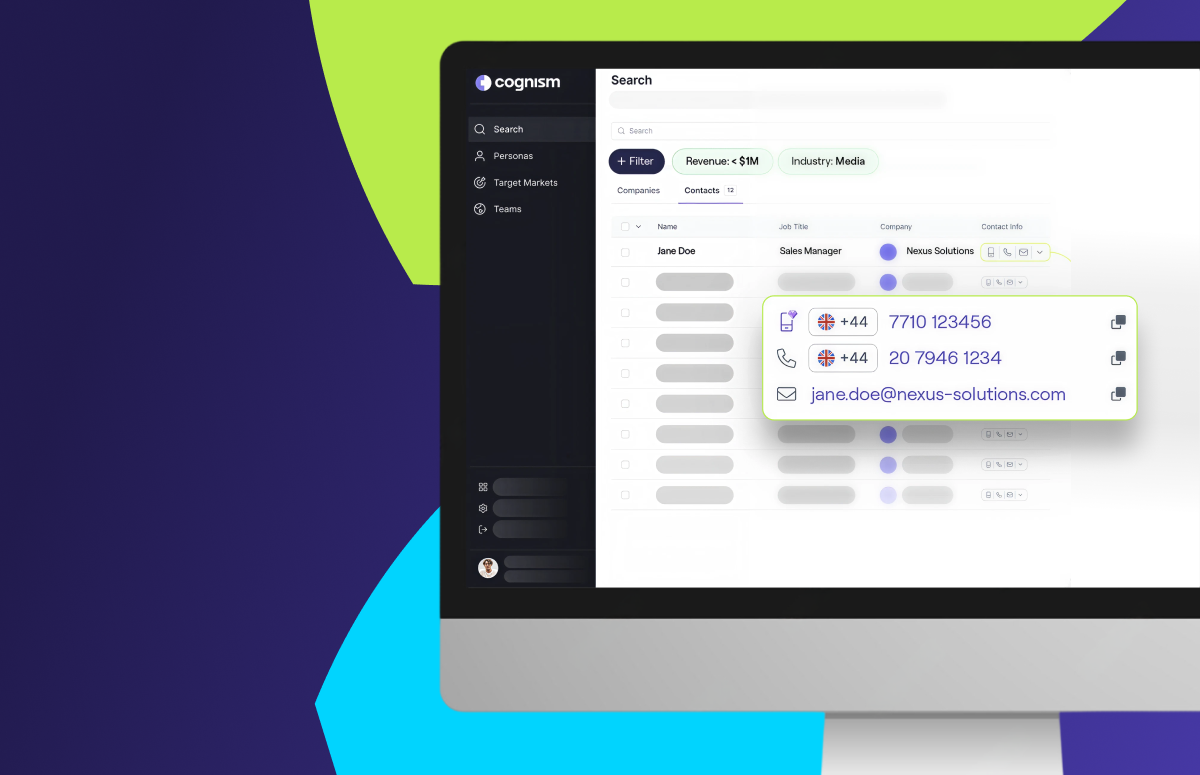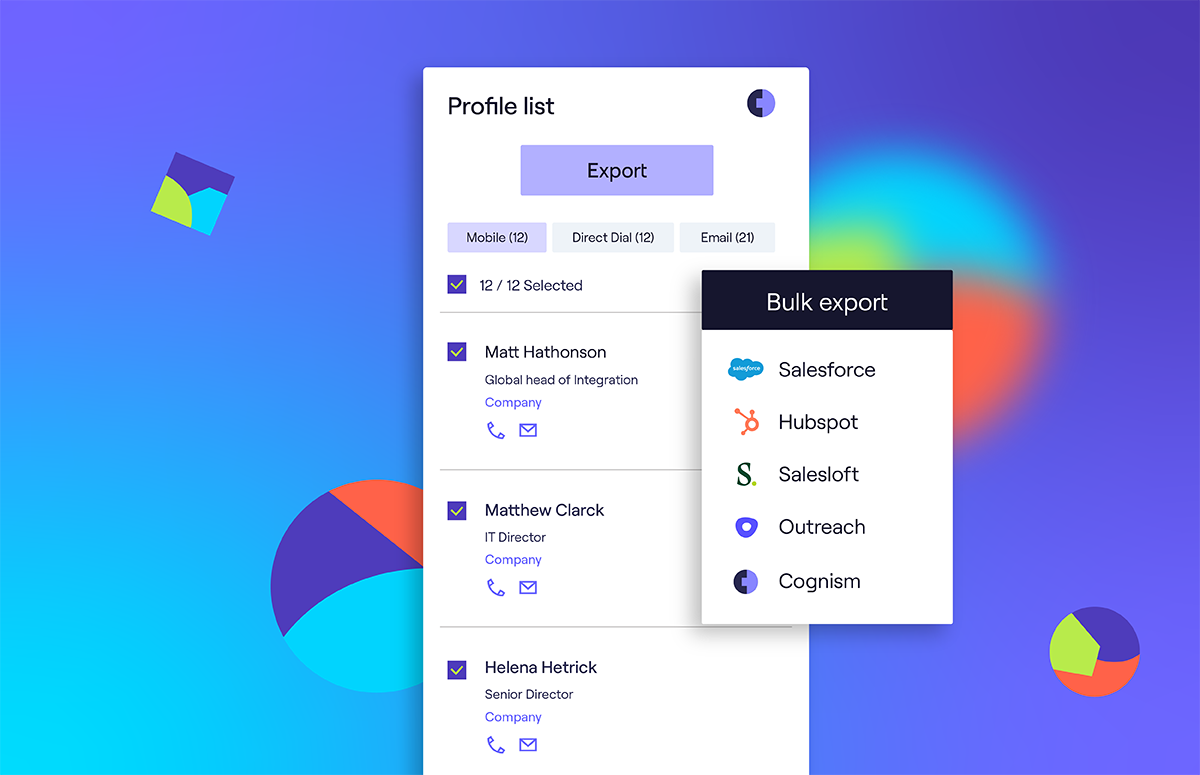C-suite Selling: 7 Tips to Win Over Decision-makers
As a sales rep, selling to the C-suite might feel a little daunting. After all, speaking to an organisation’s big head honcho can be intimidating!
But here’s the thing…
Speaking to those higher up in a company can help speed up your deal velocity if there’s a fit. It’s one of the most efficient ways to get your foot in the door of a new business.
Having buy-in from someone in the C-suite often makes it much quicker to get a deal moved through the pipeline.
But capturing and retaining their attention, well… that’s less straightforward.
C-level executives are usually no-nonsense, straight-to-the-point people whose time is very precious.
What does that mean for an SDR?
It means understanding the C-suite members’ needs is all the more important.
We asked Ryan Reisert for his top tips when prospecting and c-suite selling.
But first 👇
What is C-suite selling?
Selling to the C Suite involves engaging with high-level executives of organisations you wish to partner with. It requires a specific mindset, strategic sales techniques, and a strong grasp of what motivates executive buyers.
Understanding the nuances of C-suite selling is crucial for success. These executives are driven by results, and they seek solutions that align with their strategic goals. Therefore, your approach must be tailored to highlight the value your product or service brings to their organization.
Research plays a pivotal role in engaging effectively. Prioritise gathering information about the company’s challenges, industry trends, and specific pain points faced by these leaders to tailor your pitch accordingly.
Now, on to Ryan’s essential tips to enhance your C-suite selling strategy 👇
1. Position yourself as a crucial solution
This rule applies generally in outbound sales, especially when contacting senior executives.
If you don’t think you can help, don’t make the call. It’s as simple as that.
Ryan said:
“The larger the organisation, the more you’re going to have to offer the C-suite a solution that aligns with their strategic direction of the company.”
“You can’t just position yourself as a tool or a widget, although a lot of companies sell those.”
“You need to show them you can solve a problem they have and contribute to the organisational jobs to be done.”
“In other words, solve a problem or go away.”
In order to position yourself in this way - assuming you have a product or service that works - you need to understand the environment in which C-level executives are working.
This means finding answers to questions such as:
- What are the big problems they’re facing in that industry?
- What do the leaders in those areas care about?
- What threats could be on the horizon?
- What opportunities could they be missing out on?
The more you understand these key areas, the easier it is to have a value-adding conversation with someone in the C-suite.
2. Use a loss aversion talk track
Try this:
Switch up the way you position your solution’s benefits. Instead of explaining the possible gains the exec could receive, start highlighting the potential losses they could avoid.
CEOs, CMOs, CFOs, etc., are under a lot of pressure to lead a company through the chaos of modern markets, which includes constant competition, changing legislation, and ever-demanding consumers.
They all want to avoid negative spells that put their roles and reputations at risk; none of them wants to be seen as dropping the ball on some critical challenge.
Ryan explained:
“It’s human nature. You’re more likely to take action if you’re avoiding something bad happening or avoiding loss versus getting something positive.”
“Saying you can get ‘more with less’, or ‘get 10x something’, is less powerful than ‘I can help you avoid this potential crisis mode’.”
“Identifying opportunities for incremental gains is still helpful; you might be able to start a conversation that way. But more important is helping them mitigate everything crumbling below them.”
“There are fewer people willing to take risks for potential rewards.”
The bottom line is:
Match this loss aversion approach with the strategic direction of the company (see Tip 1).
Then, you’ll have a good chance of catching the C-suite buyer’s attention!
3. Prove how your product can help the exec achieve strategic goals
Ryan’s number one C-suite selling tip here is:
“Don’t focus on features and functionality. Instead, what do those things allow you to do?”
Here’s an example from Cognism’s B2B sales team 👇
Instead of saying:
“Cognism’s mobile data has 2x more xyz.”
What does having those mobile numbers mean at a higher level?
Not having the correct numbers to call can lead to all sorts of problems for an organisation - wasted time, poorer results, frustrated staff, lower revenue and slower growth.
And if a company isn’t growing, then it will also struggle to attract and retain top talent.
You can see how the initial offering—‘we sell accurate mobile data’—is much more powerful than it first seems.
By mapping the offering to an organisational problem (and focusing on loss aversion—see Tip 2), you’re proving to C-level executives that your product will solve significant problems for them.
4. Treat C-suite selling like ABM
How much time are you willing to invest in selling to the C-suite?
To catch their attention, you’ll need to spend some time getting to know them, their business, and what they’re about.
You can’t take a ‘spray and pray’ approach to C-suite selling. You need to be hyper-focused on the client, what makes them tick, and how you can align with their strategic goals.
Ryan said:
“It’s not that different to how you’d build out an account based marketing strategy. Here are our top accounts; these are our biggest opportunities, and this is how we solve a specific problem they have.”
This approach works particularly well in enterprise selling, where you need to get buy-in from multiple decision-makers at once.
As for how much time you should invest in an account?
That depends on the sales opportunity. If it’s big, spend more time on it. If there are better opportunities that will help you achieve your revenue goals, prioritise those.
5. Connect with the exec’s pain
It is unlikely that an SDR can identify pain points during a call with a C-suite executive.
On cold calls, guards are up, conversations are short (but hopefully sweet!), and prospects aren’t going to want to give much away.
Ryan suggested another way to approach connecting with their pain:
“You’re not going to get much from a cold call with a CEO - you’re just surfacing them. So instead, say things like:
“Hey, we’re talking to other people like you, for example (name drop some companies they might be familiar/similar to with here).”
You could also try:
“We’re reaching out to other CXXs in high-growth SaaS companies, and they’re telling us they’re experiencing pain one, pain two and pain three.”
“I know I called you out of the blue today, but I just wanted to see if we could help you with these pains.”
Demonstrate that you understand the senior executive’s circumstances and have some authority to speak to them. That way, they’ll be more receptive to you and your message.
6. Have experienced SDRs make the calls
As the level of business acumen and market awareness required for selling to the C-suite is higher, you may find it makes more sense to have senior sales reps making the calls.
SDRs tend to be entry-level roles, so they’re less likely to understand the business concepts that require conversations with the C-suite to go the full distance.
Ryan told us:
“It doesn’t make sense to have someone who knows nothing about business making those calls. You could do it. I did it. It’s how you learn.”
“But you’re probably not going to get too far past ‘hello' if they can sniff your lack of experience from a mile away.”
That’s not to say that all SDRs lack the necessary business knowledge—no doubt some will be business savvy. But it’s about choosing the sales professional who has the highest chance of breaking through that initial barrier to open a sales conversation.
Ryan added:
“You need to be able to understand the concepts you’re talking about and not just know the sales script.”
“That includes things like the ins and outs of customer stories, especially if you’re telling them you’ve helped others similar to them.”
“Because if they ask you questions and you can’t answer - they’ll never take you seriously.”
7. Understand the strategy before picking up the phone
Before making the call to a CMO, CTO, CEO or other C-suite executives, it's crucial you understand where you want the interaction to go.
So first, ask yourself:
- Is this an awareness mission?
- Do you want a referral to someone else in the organisation?
- Do you want to get a meeting with the C-suite buyer themselves?
Because some of these outcomes are harder than others, and you’ll need different approaches for each.
For example:
If you just want to make the C-suite aware of your business and solution so that when the timing is better a few months down the line, they Google you… well, that’s much easier than booking a meeting with them.
In addition, if you want to get C-suite buy-in on your product or service and then ask them for a referral to the person who manages that particular process within the organisation, you’ve got an easy route in.
Ryan said:
“If I call a CMO and tell them about my solution that could help their marketing team, and the CMO thinks it sounds good, I can ask for a referral to whoever manages x.”
“Once I have a name, I can call this marketing team member and say: ‘Hey, your CMO said it would be good to talk to you about this.’ You can bet if you name-drop the CMO, then your actual target is going to listen.”
Now, you might be asking yourself - why bother going through the C-suite first?
That feels like the long way around. Why not just speak to the initial target from the start?
Ryan offered some reassurance:
“The value of reaching out to the C-suite is to test the hypothesis that your target company is likely to work with you. If you touch on a pain point they’re dealing with, and are willing to refer you to someone else in the company. It’s a good indicator they’re ready to do a deal.”
“They won’t want you to waste their team’s time if they don’t believe your product would offer a solution they might need. So if you get a name and a referral, you’ve got a high chance of booking a meeting with whoever they’ve referred you to.”
However, if you want to book a meeting with a particular C-level executive, you’ll have a tougher time.
Ryan said:
“If there’s a specific CEO or C-suite member you want to get into a meeting, then it’s possible, but you’re likely going to have to get your own company CEO involved, too.”
“Adding some status and value into that conversation tends to help. But it depends if that’s something your CEO is willing to do. Without them, your chances are slim to none.”
Here’s how to find CEOs’ phone numbers and create accurate phone number lists.
C-suite selling: final thoughts
Ryan summed up his strategy for selling to C-suite executives:
“At the end of the day, we’re all human. Empathy is an important tool in your sales toolkit.”
“Put yourself in the shoes of the person you’re calling. If you were them, and you received a cold call from someone, what would you want them to say, do and offer?”
“Adding value, keeping things short and to the point, and ultimately solving a problem for them is going to get you a long way.”
Enjoyed this article? Follow us on LinkedIn for more B2B sales insights 👇



